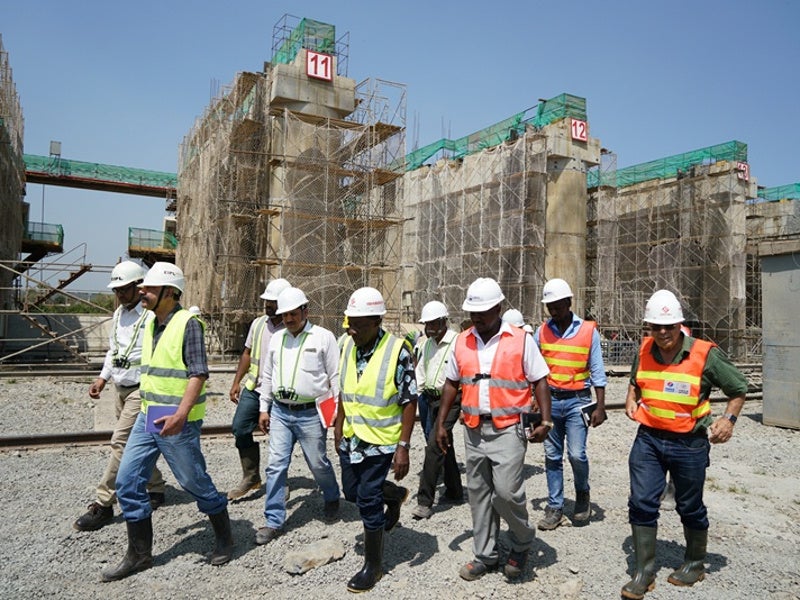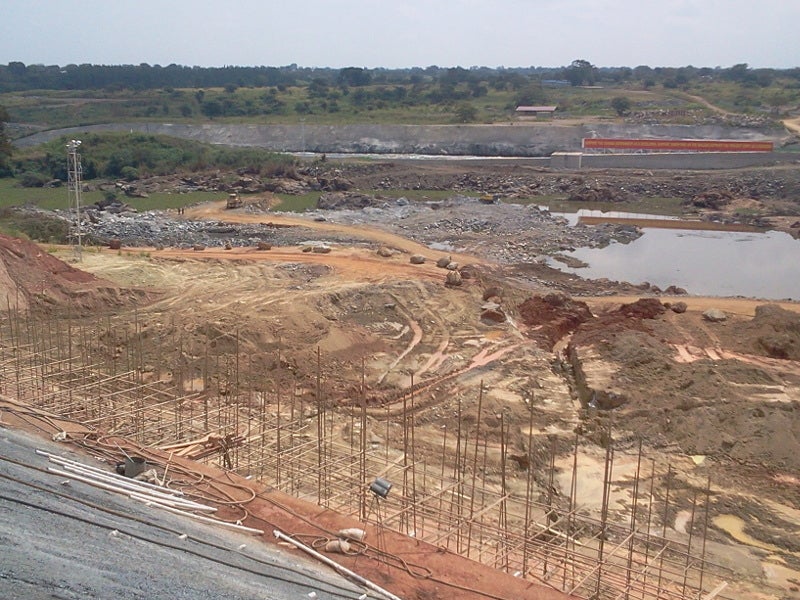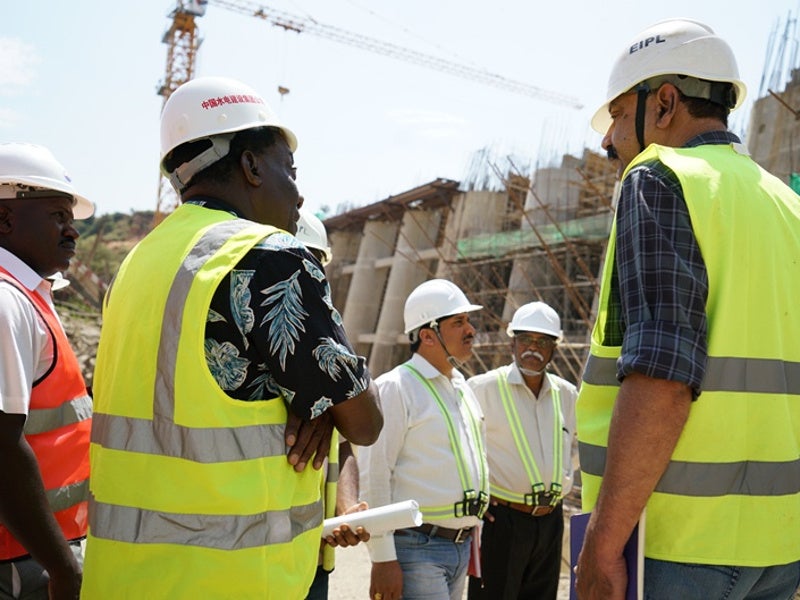The 600MW Karuma hydropower plant is a run-of-the-river project built on the Nile River in Uganda.
The construction of the power facility commenced in December 2013 with commercial operations commencing in June 2024.
The Karuma facility was built by Uganda Electricity Generation Company (UEGCL) under the preview of the Ministry of Energy and Mineral Development, as well as the Government of Uganda, with an estimated investment of $1.39bn.
UEGCL also implemented the Karuma interconnection project and the 183MW Isimba hydropower project, which was commissioned in March 2019.
Project location
The Karuma hydropower station is located on the Kyoga Nile, an upstream section of the Nile River. The station lies about 2.5km from the Masindi-Gulu highway, 75km south of the northern city of Gulu and 270km from the capital city, Kampala.
The dam site is situated upstream of both Lake Kyoga and Lake Victoria. The tailrace outfall is located within Murchison National Park, 9km upstream from the Karuma Bridge.
Karuma hydropower plant make-up and design details
The main components of the Karuma hydropower plant include a dam, powerhouse, surge chamber, pressure shafts, cable shaft and tailrace tunnels.
The dam consists of six 238m-long tunnels with a diameter of 7.7m as well as six concrete pressure shafts of 7.7m diameter and lengths ranging between 328.59m and 379.18m. It also includes six tailrace branch tunnels and two tailrace tunnels with a diameter of 12.9m and lengths of 8,690m and 8,707m.
The facility consists of a 200m-long surge chamber with a width of 20m and a height of 29m. It is connected to three 2,000-long surge tunnels with a 12m diameter.
The water from the Karuma hydropower plant is diverted to an underground powerhouse consisting of six Francis turbines, which are coupled to six generator units rated 100MW each at 11kV and with a rotation speed of 142.86rpm.
The gross head height of the dam barrage is 70m, while the height of the roller-compacted concrete dam structure is 14m and its length is 314m. The design discharge of the plant is 1,128m³/s with an annual energy output of up to 4.37 billion kilowatt hours.
Power transmission and substation details
The Karuma hydropower plant boasts an on-site substation that houses six generator step-up (GSU) transformer units. These units step up the 11kV electricity generated to 400kV. The six GSU transformers are situated underground in the main transformer cavern, which is positioned above the subterranean power station.
The transformers are linked to the generators via 40m-long bus duct tunnels, which contain insulated phase buses running between the transformer cavern and the powerhouse.
The Uganda Electricity Transmission Company Limited (UETCL) has implemented the Karuma interconnection project to ensure adequate infrastructure for the transmission of power generated by the facility.
The project encompasses the construction of a 400kV line connecting Karuma with Kawanda, another 400kV line linking Karuma to Olwiyo, and a 132kV line from Karuma to Lira.
Financing
China Export and Import Bank (China EXIM Bank) extended a loan equal to 85% of the project cost, while the remaining 15% was financed by the Government of Uganda.
Contractors involved
UEGCL selected Switzerland-based engineering and design company, AF-Consult Switzerland, as the project management consultant.
Engineering consulting company Energy Infratech carried out detailed feasibility as well as environment and social impact assessment studies for the hydropower project. The company also designed and prepared tender documents and is performing project supervision.
The engineering, procurement and construction contract for the project was awarded to Sinohydro, a hydropower and construction company based in China.
Sinohydro subcontracted Alstom (now GE) to supply turbine generator sets and related equipment for the project.
Transformer units for the project were provided by Shandong Taikai Transformer Company, a power transmission equipment manufacturer based in China.
Hima Cement, a Uganda-based subsidiary of LafargeHolcim, was subcontracted by Sinohydro to supply cement for the project.
PowerChina Huadong, a subsidiary of Sinohydro, is the main designer, while Entura provided advisory services.
Intec GOPA-International Energy Consultants provided project management and supervision services for the Karuma interconnection project.






